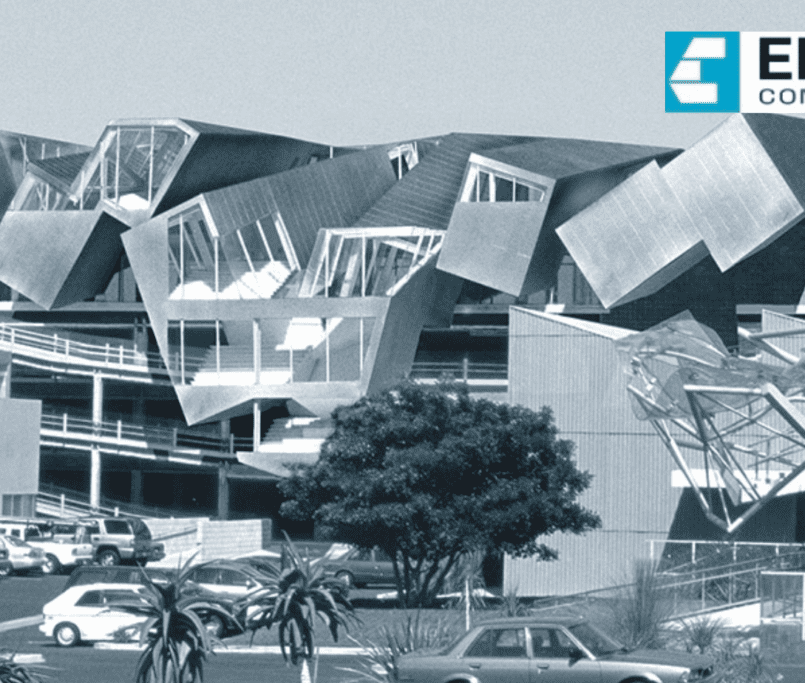Green Roofs and Rain Gardens: Combating Urban Flooding with Sustainable Design
Urban areas are increasingly vulnerable to flooding, a challenge exacerbated by climate change and urban sprawl. Traditional infrastructure often falls short in managing stormwater runoff, leading to overwhelmed drainage systems, water pollution, and damage to property and ecosystems. However, innovative green infrastructure solutions like green roofs and rain gardens offer a dual-purpose solution: mitigating flood risks while enhancing urban biodiversity and aesthetic appeal.
Green Roofs: A Top-Down Approach to Flood Mitigation
Green roofs are vegetated layers installed on rooftops, designed to absorb and retain rainwater. By capturing up to 70% of rainfall, green roofs can significantly reduce the volume of stormwater runoff entering urban drainage systems, alleviating pressure on these systems during heavy downpours. The Urbanscape® Green Roof System, for example, demonstrates a high water retention capacity, being 3 to 4 times more absorbent than other systems and significantly lighter, making it suitable for both new and existing buildings in urban settings.
These living roofs also provide additional benefits, including reducing urban heat islands, enhancing building insulation, and creating habitats for urban wildlife, contributing to increased biodiversity in city landscapes.
Rain Gardens: Ground-Level Solutions with Community Impact
Rain gardens are shallow depressions planted with native shrubs, perennials, and flowers, designed to absorb and filter runoff from impervious surfaces like roofs, driveways, and streets. They act as natural sponges, slowing down the flow of stormwater and allowing it to infiltrate the ground, reducing runoff and improving water quality by filtering pollutants.
Community gardens also play a crucial role in urban flood management. These spaces not only facilitate rainwater harvesting and the use of permeable surfaces but also serve as educational hubs for sustainable practices related to water management. By integrating rainwater harvesting systems and permeable paths, community gardens can significantly reduce the volume of stormwater runoff, while providing spaces for local food production, recreation, and social interaction.
Combining Aesthetics and Ecology: The Dual Benefits of Green Infrastructure
The integration of green roofs and rain gardens into urban design offers more than just flood mitigation. These green infrastructures enhance the aesthetic appeal of urban environments, promote mental and physical health, and support local economies through increased property values and opportunities for community engagement and education.
Moreover, by increasing green space and biodiversity, cities can improve air quality, reduce urban heat island effects, and create more resilient ecosystems. These natural solutions also offer a cost-effective alternative to traditional water management systems, requiring less maintenance and providing long-term environmental, social, and economic benefits.
Conclusion
As urban areas continue to search for sustainable solutions to combat flooding and climate change, green roofs and rain gardens emerge as powerful tools in the green infrastructure toolkit. By adopting these practices, cities can not only manage stormwater more effectively but also enhance urban livability, demonstrating a commitment to sustainability and resilience in the face of environmental challenges.
The success of green roofs and rain gardens in urban areas underscores the importance of integrating nature-based solutions into urban planning and development. By doing so, cities can create healthier, more sustainable environments for current and future generations, turning challenges into opportunities for growth and innovation. Incorporating green infrastructure like green roofs and rain gardens into urban design is not just a practical response to the challenges of urban flooding; it’s a step towards reimagining our cities as vibrant, resilient ecosystems that thrive in harmony with nature.
Disclaimer: This content is provided solely for your review. Erusu Consultants takes no liability for this article. The reader is advised to form their own opinion. Please consult a Structural Engineer before making any final decisions.






